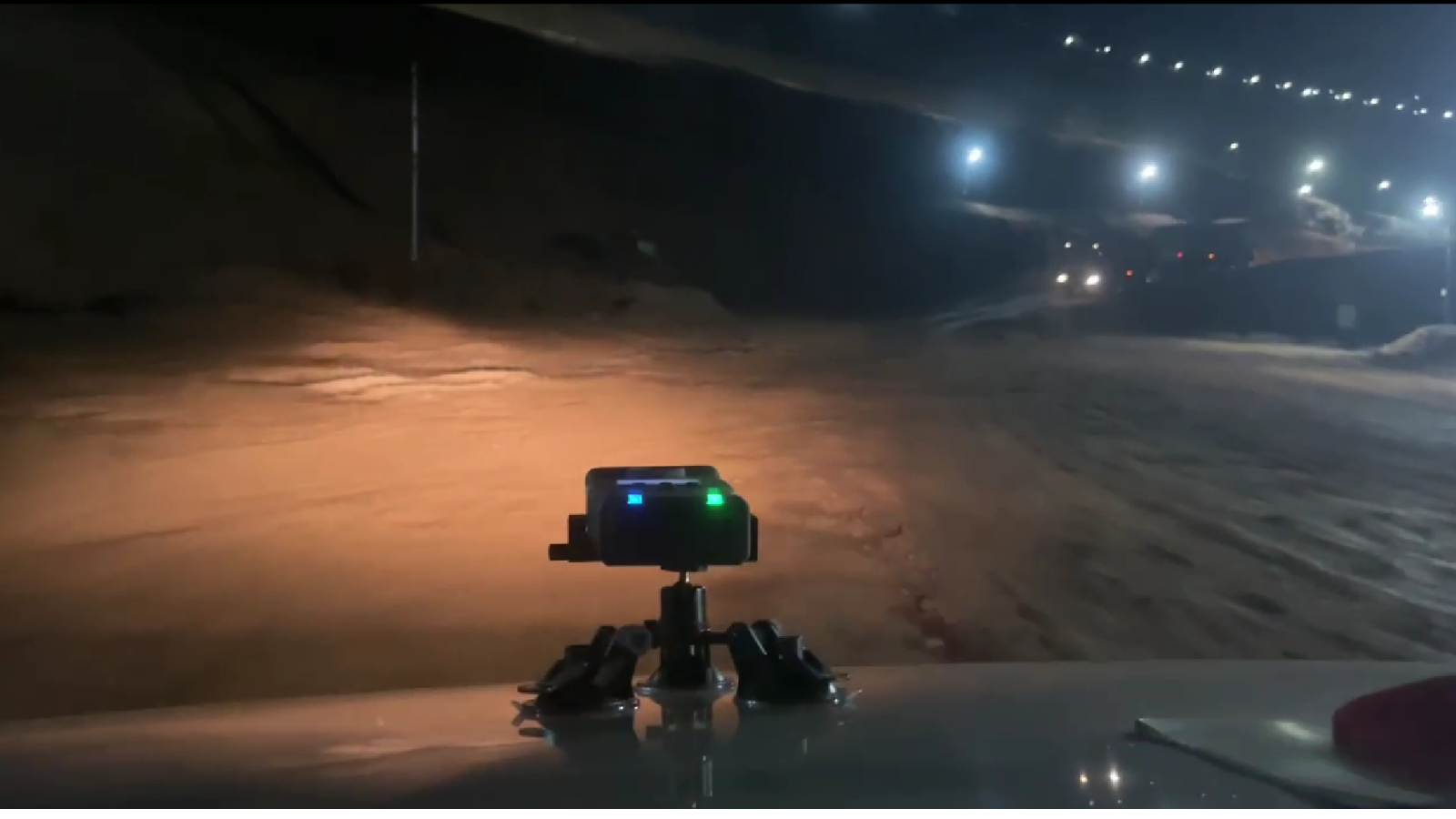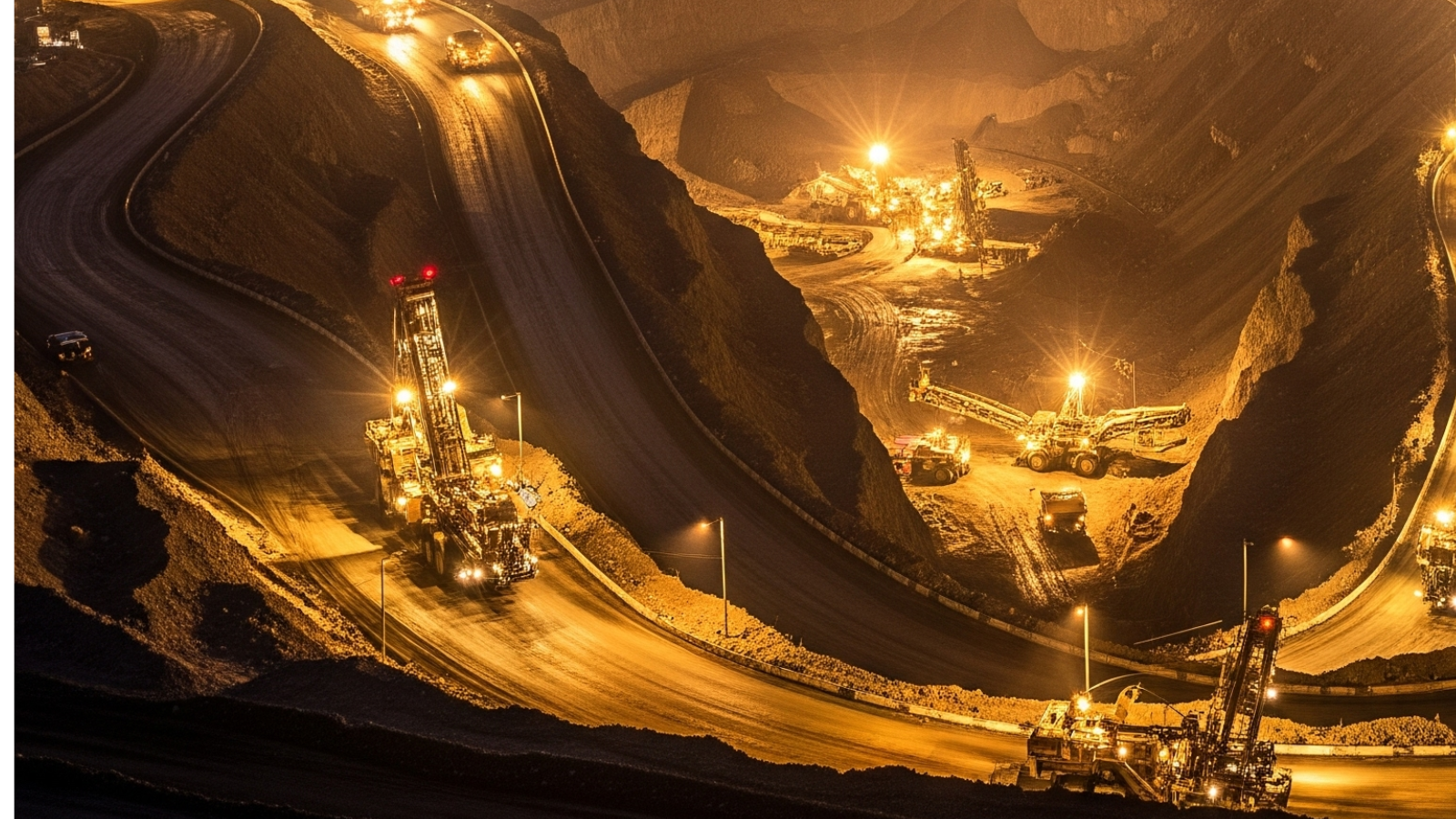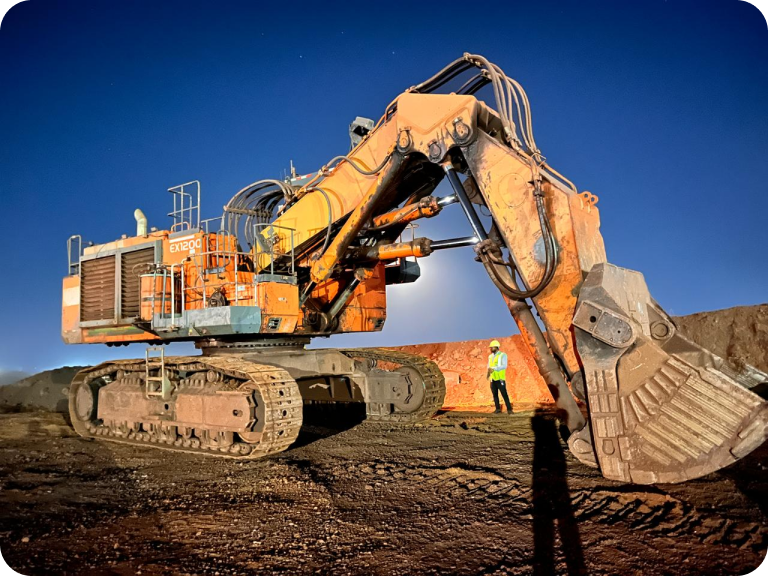Over 1000 under-illuminated zones detected, allowing Tata Steel OMQ to improve illumination standards across the iron ore mines
Companies worldwide trust Bidaal to enhance workplace safety and empower their workforce. Learn how our AI-driven solutions proactively protect employees and improve operational efficiency.

Identify Areas Of Risk With Scaling Workforce
TATA Steel, one of India’s and the world’s largest conglomerates, operates a network of metalliferous mines across the states of Odisha, Jharkhand, and West Bengal. Major iron ore mines such as Noamundi, Joda, and Khondbond, among others, under the division of TATA Steel OMQ (ores, mines and quarries) contribute to the production of millions of tons of iron annually. The scale and intensity of these operations necessitate a consistent and uninterrupted supply of minerals, thereby requiring 24/7 operational activity.
While open-pit mining offers certain advantages during daylight hours in comparison to underground mining, the challenges faced during night-time operations remain largely uniform regardless of the mine’s configuration. A primary concern during night shifts was the lack of natural light, which causes reliance on artificial illumination powered by electricity. Thus, inadequate lighting not only hampered productivity but also posed significant safety risks for mine workers.
Although the Directorate General of Mines Safety (DGMS) had established stringent safety guidelines to be followed across all mining operations in the country, in this case, illumination survey, there has been specific challenges that hinder seamless compliance. The manual approach is not only time-intensive and resource-draining but also prone to inaccuracies in data collection and reporting. Such inconsistencies might lead to regulatory scrutiny and substantial financial penalties for unexpected accidents or fatalities. Due to the limitations observed during manual surveying methodology, TATA Steel wanted to adopt a more advanced solution that would negate these pain points.
"In just a few months, WISE has delivered valuable insights through its monthly survey reports. These reports not only ensure compliance with DGMS requirements but also visualize the lighting conditions, helping us proactively identify and address improvement areas."
Somnath KunduArea Manager Mining, Tata Steel Ltd
Identify Areas Of Risk With Scaling Workforce
In response to the pressing need for a robust and efficient solution to address the challenges of mine illumination, TATA Steel implemented Bidaal’s patented system, WISE (Web-enabled Illumination Surveying Equipment). The core innovation behind WISE was in its ability to fully automate and digitize the traditionally manual, time-consuming process of conducting illumination surveys. In contrast to conventional methods that rely on limited data points, prolonged data collection, and imprecise planning based on generalized thumb rules, WISE leveraged advanced technology to deliver accurate, real-time illumination data—enabling more informed, data-driven decision-making.
While the primary objective of WISE was to address critical issues associated with light-based surveying in mines, an often overlooked yet significant advantage was its capacity to reduce the operational burden on TATA Steel’s workforce. The implementation of WISE streamlined the entire illumination survey process, allowing employees to focus on core operational activities without the complexities of manual surveying.
The WISE implementation process involved deployment of Bidaal personnel to the mining site, where surveys were conducted using a sophisticated handheld device. This device not only captured lux values (quantitative measures of light illumination) but also recorded precise coordinate data for each surveyed location. This dual capability enabled the system to deliver highly accurate, location-specific illumination maps within the software environment.

Furthermore, TATA Steel employees were not required to engage with the software directly, as all data analysis and report generation were managed by Bidaal personnel. These reports provided a detailed overview of illumination levels across the mine and included a comparison with DGMS mandated values, thereby allowing for timely corrective action where required. The software also offered area-to-area mapping, allowing accurate depiction of the site.
In the final phase, the software incorporated an AI-driven simulation engine that delivered a complete solution to the identified illumination gaps. Leveraging the collected data and geographic layout of the mine, the AI module proposed optimal lighting placements. These recommendations not only ensured full compliance with DGMS regulations but also maximized energy efficiency and reduced operational costs for TATA Steel.
80% Reduction In Incidents
When implementing a complex, market-first technological solution, it was natural to have initial uncertainty regarding its effectiveness. However, within just one month of deploying the WISE (Web-enabled Illumination Surveying Equipment) system, TATA Steel observed a significant and measurable shift in operational performance.
The primary objective behind the implementation of WISE was to digitalize and modernize the process of illumination surveying within mining operations to identify dark or under-illuminated zones as well as over-illuminated regions. Beyond its capability to accurately record lux values, the system identified areas within the mines that were previously overlooked in manual surveys—areas that should have been classified in accordance with DGMS guidelines. Though the initial increase in survey regions, temporarily increased the number of illumination points that were not adhering to the DGMS guidelines, these figures steadily declined over subsequent months. This clear trend underscored the effectiveness of WISE and solidified its adoption by TATA Steel to proactively address illumination-related compliance issues.

From a regulatory standpoint, the ability to identify deficiencies in lighting levels across mine sites significantly strengthened TATA Steel’s adherence to safety standards. More importantly, it played a critical role in mitigating the risk of workplace incidents and potential fatalities—incidents that could otherwise result in substantial financial loss and reputational harm to the organization. Moreover, mining operations being a dynamic activity, the change in mining activities throughout the location was quite common. The system allowed the TATA Steel employees to plan their illumination
A key operational advantage realized through WISE was the marked reduction in manual labor hours previously devoted to the illumination survey process. Traditionally, the process of recording data, transferring it, and compiling reports manually would span several days and consume considerable resources. The automation enabled by WISE streamlined this workflow, resulting in notable cost and time savings. Lastly, WISE contributed directly to TATA Steel’s sustainability and energy efficiency goals. Through its AI-powered simulation engine, the system enabled optimized lighting placement and energy usage, delivering a 20% improvement in energy efficiency over a five-month period.
In summary, WISE not only resolved longstanding inefficiencies in mine illumination management but also significantly enhanced the overall safety, compliance, and operational performance within TATA Steel’s mining operations.
Let’s walk you through the platform

